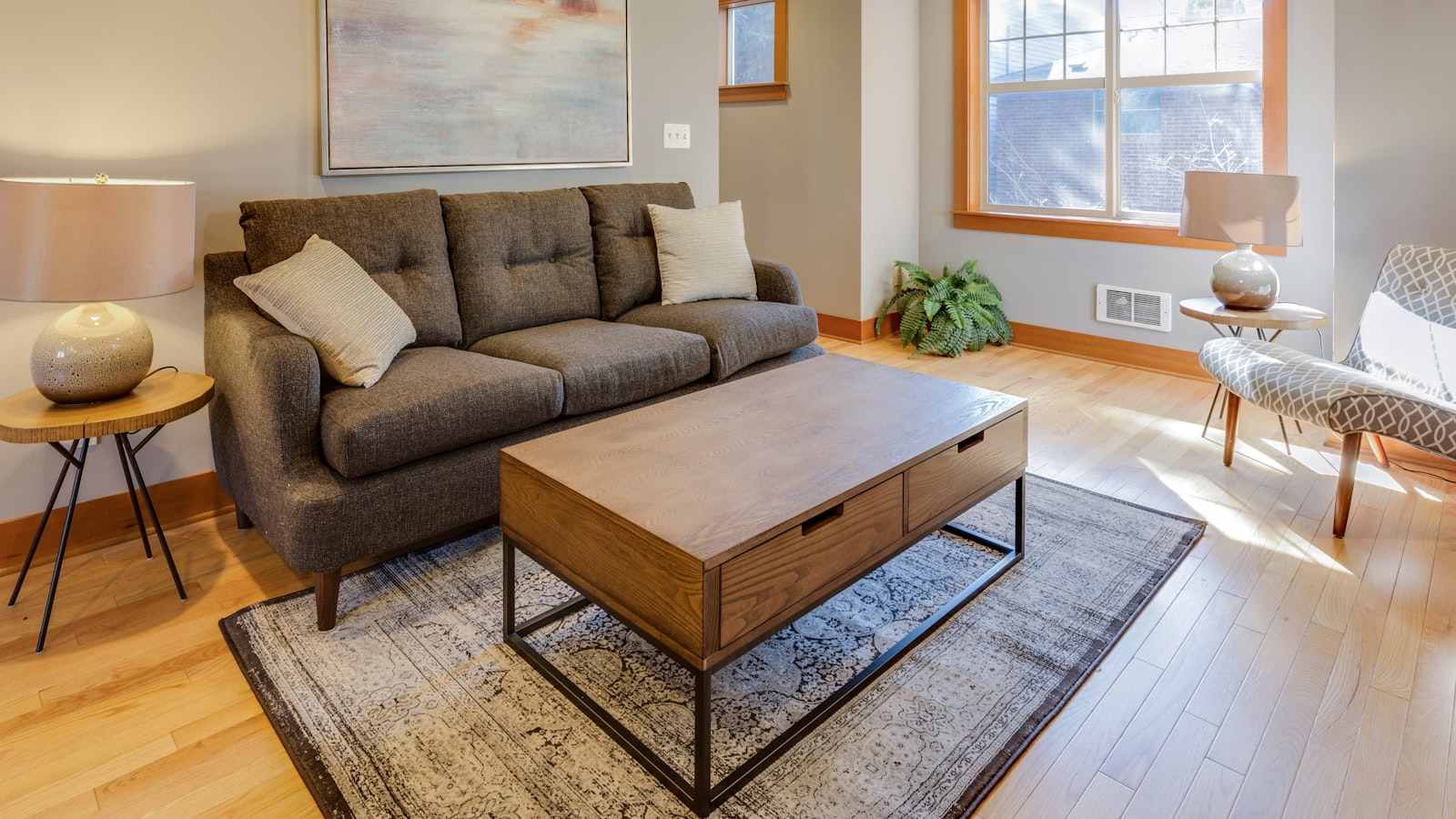Assisted Living Facilities
Assisted living facilities provide housing, on-site monitoring, and personal care services in a homelike setting. Some also offer meal service, case management services and development of an individual service plan for each resident.
Visit the residence at different times-mealtimes, for example-and talk to residents and administrators. Be sure to ask about staffing.
assisted living facilities
Assisted living (also known as adult homes or residential care facilities for the elderly) provide housing and services for older adults who need help with daily activities. These facilities are licensed by state health departments and may be private or public. They range in size from six-bed homes to large communities.
Many assisted living communities offer scheduled transportation to doctors’ appointments, grocery stores and other errands. They also host a variety of activities and events, such as exercise classes, guest lectures, arts and crafts and social outings.
When visiting an assisted living facility, ask about its suggestion and complaint procedures and read its resident agreement carefully. It should include a list of basic services, additional services available for a fee, the facility’s fee schedule and payment and refund policies.
does medicare pay for assisted living
Medicare does not pay for assisted living, although it does cover short-term stays in a Medicare-certified nursing home after hospitalization. It also pays for a brief stay in a hospice. Medicare Advantage, which is offered by private insurers, may help with long-term care costs.
Assisted living facilities (also called board and care homes or residential care homes) offer meals, housekeeping, activities, and assistance with daily tasks. They can range in size from a few rooms to 120 or more residents. Some have staff on-site round the clock and provide assistance with bathing, dressing, and mobility.
Veterans may be able to get federal assistance through the Aid and Attendance benefit, a monthly stipend that supplements their VA pension. Other options include local community programs, state assistance, and long term care insurance.
how much is assisted living
The average cost of assisted living varies by state and city, but is often more affordable than home care. Seniors and their families often pay for assisted living out of pocket, using funds from savings, pension payments, and retirement accounts.
In addition to providing a safe and secure environment, many communities provide assistance with daily tasks such as eating, dressing, and bathing. These services help seniors to live more independently and reduce the burden on family members who may be unable to assist them at home.
The staff at assisted living communities get to know each resident, assessing their individual needs and creating a personalized service plan. This can include medication management, housekeeping and transportation services. It may also include activities and social programs.
who pays for assisted living
Assisted living communities focus on each resident’s unique health needs and preferences. This includes a personalized care plan and 24/7 nursing care. Staff also get to know residents and help them feel comfortable in their new home. They can offer assistance with bathing and dressing, help with medication administration, or monitoring mood and behavior.
Some states provide waiver programs that allow for Medicaid coverage of assisted living. Contact your local Area Agency on Aging to learn more about this option.
Many seniors are able to afford the costs of assisted living using private funds or from the cash value of their life insurance policy. For individuals who cannot afford to pay the full cost of assisted living, a financial planner may be able to help.
assisted living vs nursing home
Assisted living residences are home-like communities for people who need non-medical help with activities of daily living, such as bathing and dressing. They usually offer meals, transportation, laundry, and socialization spaces. Some also provide short-term respite care. Depending on state regulations, they may be owned by for-profit companies, nonprofit organizations or government agencies.
Some people move to assisted living because they no longer want to cook and clean, or because their health is declining. Others may have a chronic illness that requires monitoring by trained staff.
When visiting a facility, pay attention to staff interaction with residents during different times. Ask about the facility’s suggestion, complaint and grievance policies and whether it has resident and family councils. Also, look at the contract carefully. It should spell out exactly what services are included in the monthly fee.









